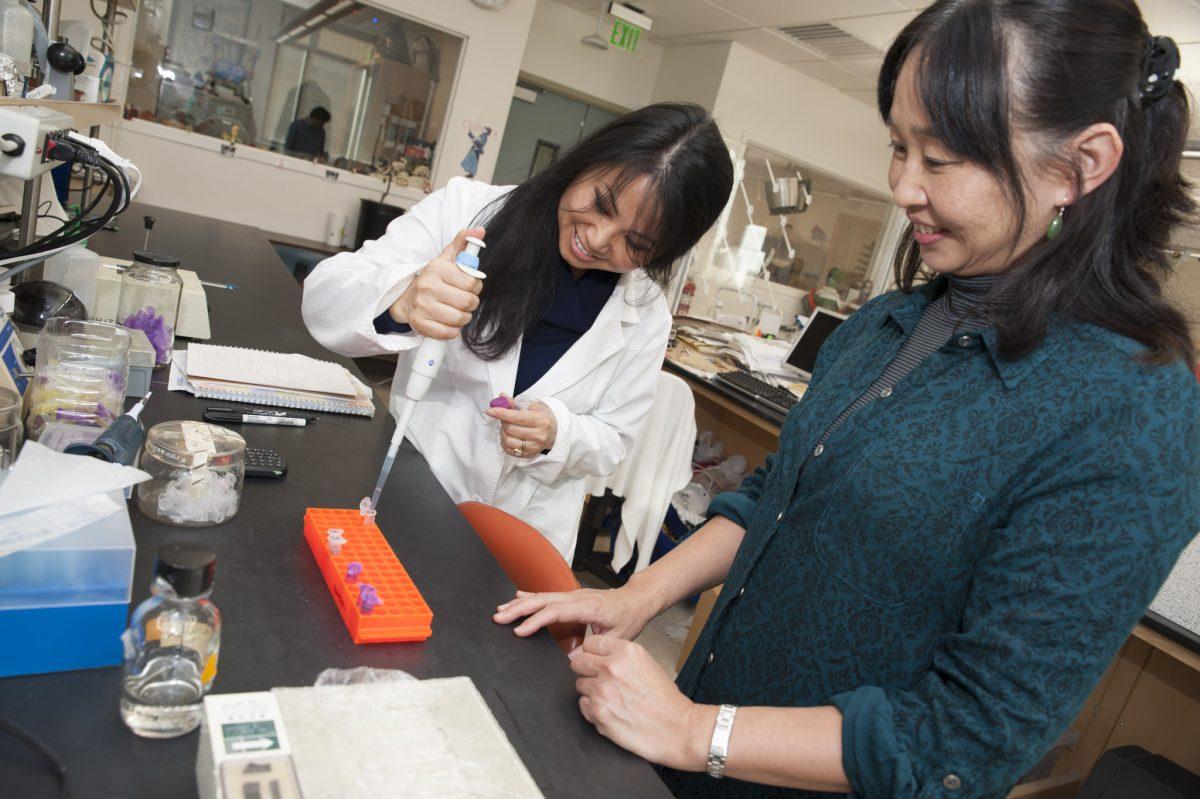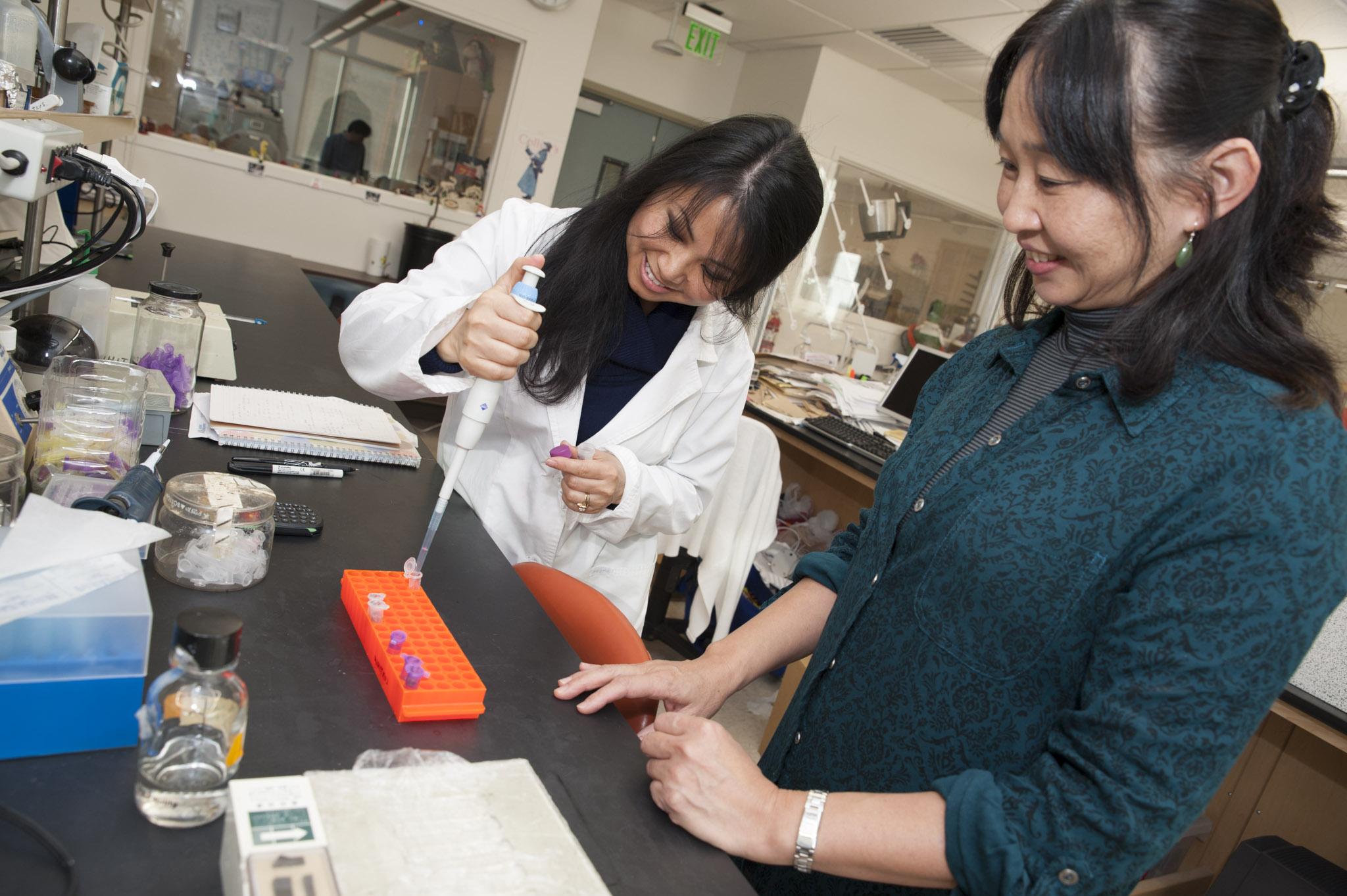The Sonoma County Water Agency has awarded a three-year, $204,318 grant to the WATERS collaborative, a group on campus that engages students in Sonoma County watershed management challenges such as flood control, restoration needs, and water quality issues through academic experiences.
The Watershed Academics To Enhance Regional Sustainability (WATERS) Collaborative is a partnership between Sonoma State University and Sonoma County Water Agency (SCWA). The Sonoma County Water Agency provides Sonoma State students opportunities to get involved with the community while simultaneously helping with regional issues. The agency wants to have a central community where they could pose a question and create pairings with faculty and students who could execute research on the proposed topics.
Claudia Luke, the coordinator of the WATERS collaborative, sees the group as a way for the Sonoma State community to become educated about water and its effects on the environment and ways of life.
“The issues about water, how we manage it, how we keep it clean, how much we let go down our creeks to support our local wildlife, are all just really central right now to our economy and our lives. It’s a really complicated problem. It’s not something that has an answer. It’s really challenging,” said Luke. “I think the importance of the collaborative is that students are learning, in a positive way, how to get involved with something that they’re going to be facing for the rest of their lives.”
The Sonoma County Water Agency initially granted Sonoma State $48,000 for 2013, but was amended to $68,000 a year for the next three years. One of the areas that most excites the agency are the opportunities for cross collaboration projects.
This past year the theatre arts department of Sonoma State University completed the Copeland Creek Project, where the audience traveled throughout the creek and viewed pieces performed by members of the SSU theatre arts department based on information collected by the collaborative. The water agency loved the outreach from that project because it stirred excitement within the community.
Their hope is that bringing these different disciplines together can help solve our communities’ problems in creative ways. Right now the WATERS collaborative is working on 11 projects for this upcoming year. This grant will help fund new equipment for some of these projects.
Michelle Goman, a geography professor at Sonoma State, is currently leading a project that monitors the erosional processes of two creeks in Sonoma County.
“My geomorphology class set up some long term monitoring stations at two of the creeks up at Fairfield Osborn Preserve,” said Goman. “What they did was basically characterize the creek through a visual description. They did monumented cross section so we have a permanent marker on the ground surface that we can go back to every year and set up our surveying equipment, and then they did surveys across the creek to tell us what the channels profile looks like.”
Goman has loved working with WATERS because of all of the opportunities that have emerged from it.
“You can see the benefit for students out of these types of opportunities which is really exciting,” said Goman.
Another professor involved in the collaborative is Mike Cohen. He is a biology professor working on the development of genetic markers to track sources of fecal pollution in Sonoma County water. Previously, his students have been compiling data by monitoring E. coli as a marker of fecal contamination in the water surrounding our campus. With this grant, his group can apply molecular biology to their project.
“Instead of looking at E. coli as a general marker of feces, we’re looking at it more specifically to determine the species that the feces come from. Our cells are constantly sloughing off and so we have our DNA markers in that material and so do cows. We can look for those DNA markers and amplify them and show that that stuff is from a cow. So we have someone working on a method here for detecting the DNA from humans or cows from environmental samples,” said Cohen.
Another aspect of the WATERS collaborative that Mike Cohen is excited for is the opportunity to do more with his findings.
“Work I’ve done before is looking at constructed wetlands so instead of just monitoring this stuff, design a water way to help get rid of these things. What they want to do is have this channelized ‘gutter’ to allow the water to spread out and let the sediment fall out,” said Cohen. “Their main motivation is to collect so that it falls out here instead of in the water way and having it clog up. Wetlands get rid of pathogenic bacteria. So by creating this kind of thing it could potentially take care of some of this nutrient and fecal pollution in the water before it gets to the Laguna de Santa Rosa. This could potentially be very exciting and it would be a great project right next to Sonoma State University.”
To get involved with the WATERS collaborative you can visit your academic advisor, contact Claudia Luke or visit the WATERS collaborative website at www.sonoma.edu/preserves/waters.





![[Both photos courtesy of sonoma.edu]
Ming-Ting Mike Lee stepped in as the new SSU president following Sakakis resignation in July 2022](https://sonomastatestar.com/wp-content/uploads/2024/04/CC4520AB-22A7-41B2-9F6F-2A2D5F76A28C-1200x1200.jpeg)



























